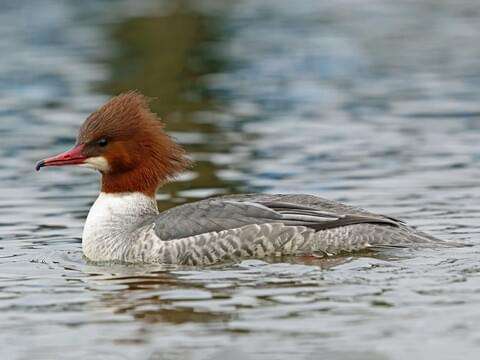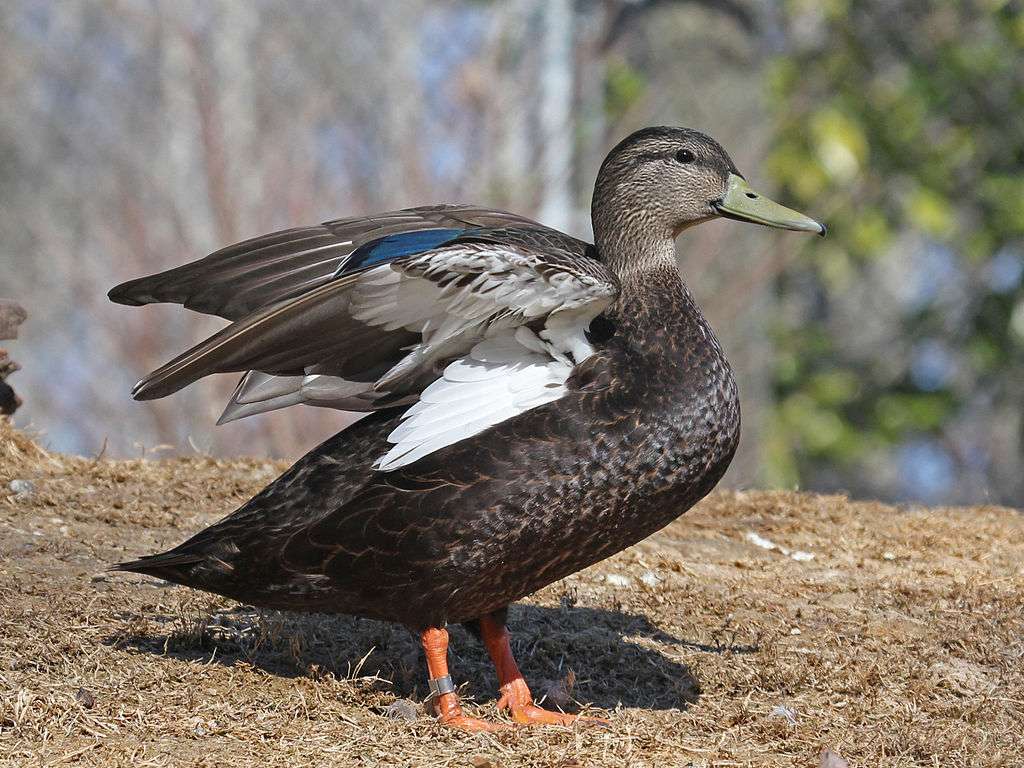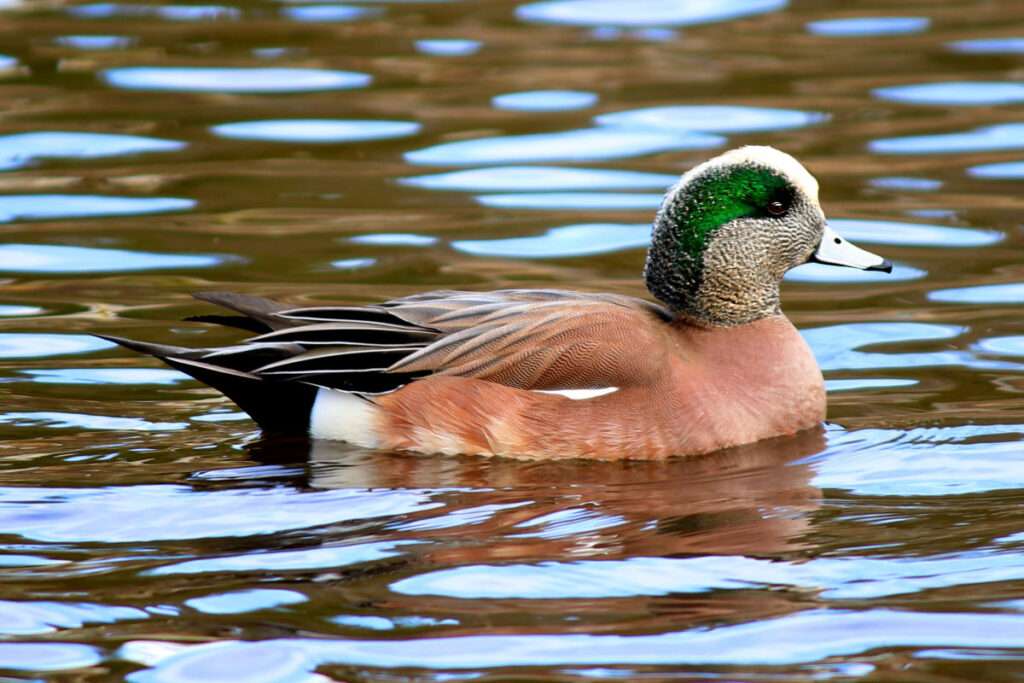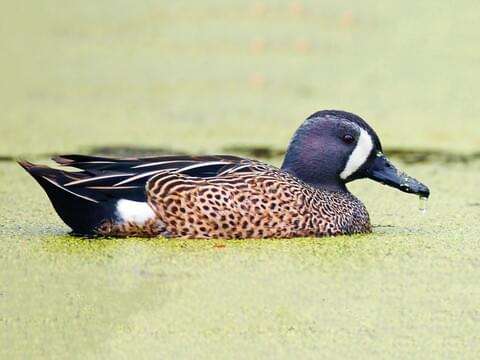
One of the sawbill ducks is the red-breasted merganser (Mergus serrator), a diving duck. The name of the genus, serrator, is derived from the Latin word serra, which means “saw,” and was used by Pliny and other Roman authors to describe an unidentified waterbird.
Fun Facts
- It takes Red-breasted Mergansers two years to develop breeding plumage.
- Red-breasted Mergansers must consume 15 to 20 fish each day, which, according to study, necessitates 250–300 dives or 4-5 hours of foraging to meet their energy requirements.
- Compared to the other American mergansers, the Red-breasted Merganser breeds farther north and winters farther south.
Description
It features a long, narrow crimson beak with serrated edges and a spikey crest. The male has a black back, a white neck with a red breast, a dark head with a green sheen, and white underparts. The bodies and heads of adult females are gray. Although they lack the white collar and have smaller white wing patches, juveniles have a similar appearance to females.

Predators
Red-breasted mergansers are prey for humans. While minks, gulls, and ravens prey on eggs and young in their breeding areas, owls and red foxes may prey on adults.
Diet
Primarily fish mostly consumes small fish, but it will also consume crabs, aquatic insects, and worms or frog tadpoles occasionally. Mostly insects are what baby ducklings eat.
Habitat
Open-water lakes; during the winter, coastal bays. During the breeding season, in the northern woods, beside lakes and rivers, and farther north in tundra regions. A limited number also spend the winter on large rivers and ice-free reservoirs. They spend the majority of the winter on coastal waters, including bays, estuaries, and the open ocean.
Table





